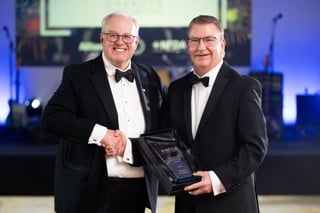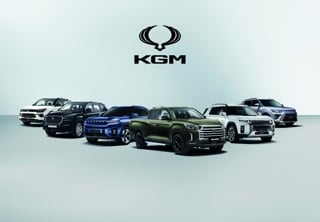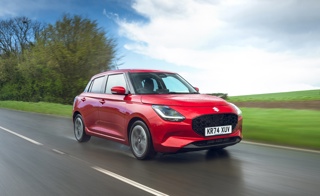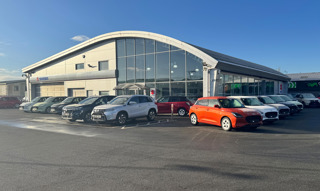By Richard Yarrow
Since the advent of digital cameras on smartphones, the familiar saying “a picture is worth a thousand words” has had to be updated. If you type the phrase into Google, it now adds “… and a video is worth a million” or in some instances “… and a video says it all”.
YouTube owner Google says 100 hours worth of footage is uploaded to the video-sharing website every minute, up from 60 hours just 18 months ago. The importance of video in automotive retail shows corresponding growth.
Research by Cap Gemini shows that usage in 2012 increased by 45% year-on-year, with dealers becoming more interested in the value it can add.
Emma Harvey, director of product and strategy at digital marketing services provider Razsor, said: “Video can act as a confidence driver for consumers, so we are investigating how it helps to move them down the decision-making funnel and how its contribution to conversion can be measured.”
Harvey believes that car buyers should be able to compare vehicles, all presented in high quality video that allows them to inspect each vehicle in detail from all angles, inside and out. In short, it’s replicating the forecourt experience.
Andy Coulthurst, managing director at used car network Motors.co.uk, said his company was introducing greater video capability to support listings.
“The potential of the moving image for dealers is phenomenal and tools like Vine, Instagram and YouTube make it incredibly easy and cost-effective for people to take short videos on their phones or tablet devices and instantly load them online.”
The biggest challenge for retailers – but also the greatest opportunity – comes from the transparency created by digital technology. Because people can access listings and purchase from a distance, there is an even greater need to ensure they trust the information a dealer is providing. Video content can help to create that trusting relationship. Coulthurst believes video can also be used to list a vehicle on the dealer’s website before it is physically in their possession. For example, each car purchased at auction could have a short film completed in the auction hall and uploaded via wifi, meaning it could potentially be sold before it even arrives on the forecourt.
He added: “The roll-out of the 4G network is also important, as the faster upload and download speeds on mobile devices will allow potential customers to access more interactive content. It will also allow dealers the opportunity to complete live streaming/video conversations from a mobile device while walking around the vehicle.”
That concept of conducting a showroom sales exercise without the customer in the room is an intriguing one. YouTube and Google+ have free tools for live video chat and there are several paid-for systems on the market.
One of the latter is C It Now, a video sales tool used by more than 600 dealers. MD Andrew Howells said the system allows the salesperson to do a live video vehicle walk-around with a customer, but more often it is used to create a personal pre-recorded clip which is branded and emailed to the potential buyer automatically.
“We’ve reached a tipping point in the last 12 months with greater interest from dealers,” said Howells.
“I’d love to say it’s clever marketing by me but it’s not. Dealers know less people are coming into showrooms ad hoc and they know they have to do something about it.”
He said the biggest growth area is in aftersales, using video to show people what’s wrong with their car. Dealers are seeing conversion rates climb by up to 40%.
“A technician does a video, starting on the number plate so the customer can see it’s their car on the ramp, and pointing out what they’ve discovered.”
Earlier this year, dealer group Wessex Garages launched an interactive video service called Wessex Vision. The service involves a member of the team emailing a pre-recorded bespoke video to a customer, explaining why the car does or doesn’t require specific maintenance or repair. The company has seen a rise in upselling rates and in positive comments on the review section of its website.
Also in aftersales, Suzuki GB has found a place for video with what it calls “TestDriverMonials”. It has used social media to invite customers to make short films of themselves reviewing their car. “It’s working very well for us and we’ve got about 80 of them on the Suzuki website,’ said Dale Wyatt, sales and marketing director. “We plan to eventually have them on the relevant dealer’s website as well.”
Suzuki launched a project about 18 months ago to become automotive “digital champions” and that includes video as a sales tool. Wyatt said it was about dealer staff having the confidence to turn the camera on themselves, as well as the car.
“They need to ignore the fact they don’t look like a TV presenter. Consumers aren’t expecting that, they’re expecting authenticity. People buy from people. It’s about selling yourself and the business.”
A short video in the “About Us” section of the dealer’s website can also be used to showcase the forecourt and facilities, so potential buyers feel more at ease when they physically arrive on site.


















Login to comment
Comments
No comments have been made yet.